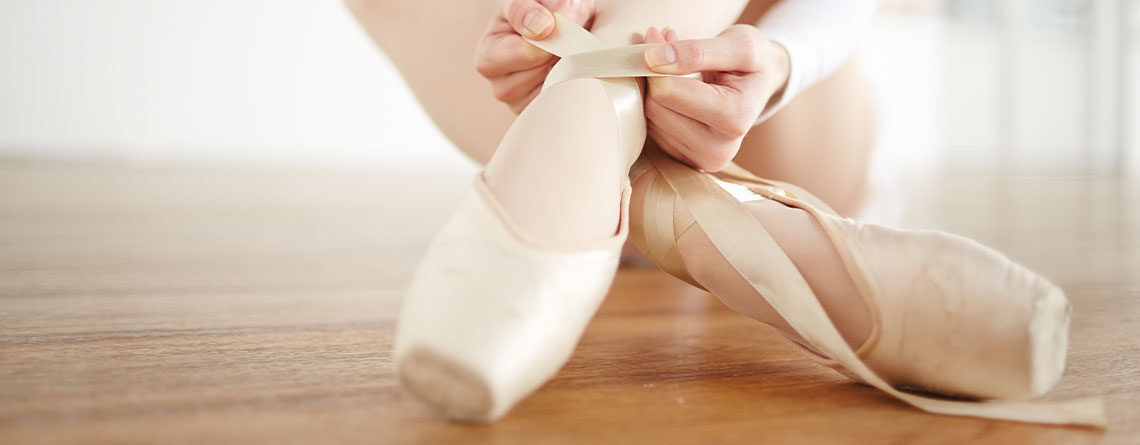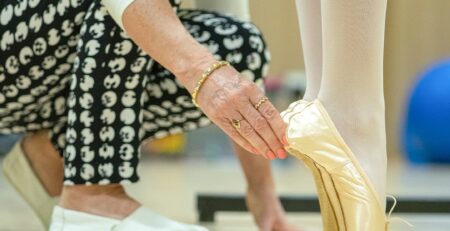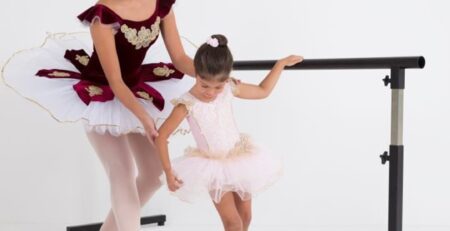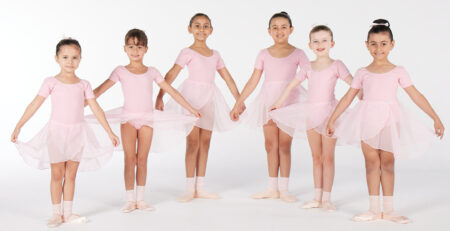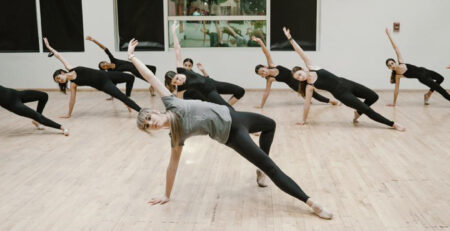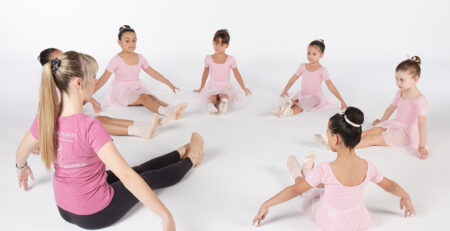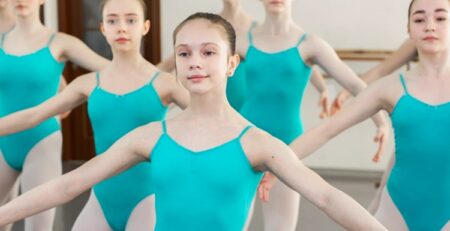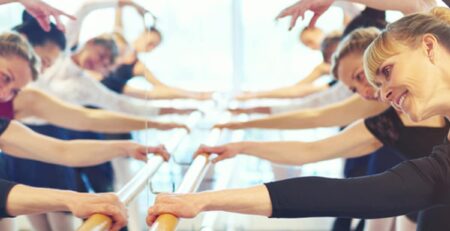5 Must Know Ballet Facts
Ballet is one of the oldest forms of organized dancing, originating in the Italian Renaissance courts back in the 15th century. It illuminated the dancers so they appeared sophisticated, elegant and cultivated. The beauty of ballet is truly inspiring, it is a wondrous display of art, grace and elegance that is showcased in a completely effortless manner. With such a rich history, there are a few interesting Ballet facts worthy to learn about!
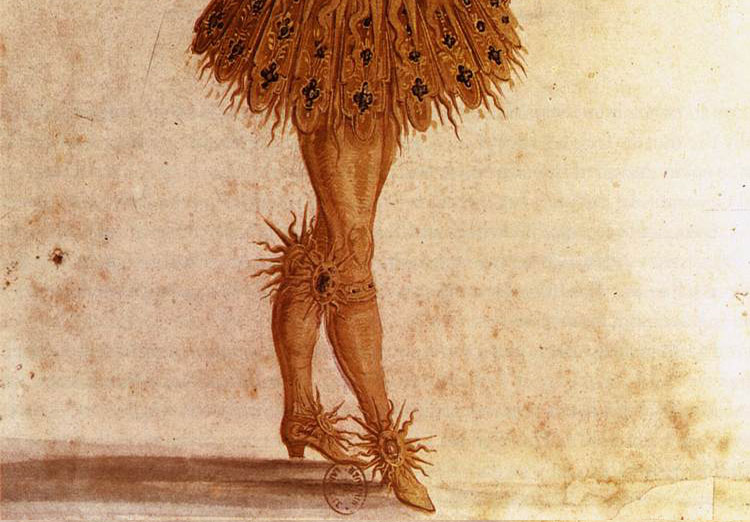
#1 Ballet originated as a completely different dance form
Ballet originated in Italy back in the 15th century, the term “Ballet” and the stem “Ball” come from the Italian word Ballere which means To Dance. Originally ballet was danced in the royal court and comprised of small hops, slides, curtsies, promenades and gentle turns as dancers wore extravagantly regulated clothing such as massive headdresses, masks and formal gowns. Such restrictive clothing was beautiful to look at but very difficult to move in. The original dancing shoes had small heels and resembled formal dress shoes rather than the current ballet shoes worn today.
#2 Initially women were not allowed to perform Ballet
In 1669, ballet started to develop from the royal courts to the theatre, becoming a more focused art form. Gradually as it grew in popularity, more dance performers were hired. However, before 1681, no women dancers here were hired to take part in ballet performances; all staging was taken over by male dancers who danced the male as well as female roles. The first major female dancer was Marie Anne de Cupis de Camargo who danced 1726- 1751 and she was one of the first dancers to wear slippers instead of heeled shoes and also the first woman to execute a jump called Entrechat Quatre.
#3 Ballet dancers are extremely strong
Ballet helps the dancers to develop streamlined muscles as this form of dance requires strong upper and lower body strength, especially in the core muscles. Pound for pound, ballerinas are some of the most intense athletes out there. Not only are they tremendously strong, but they have to make their performance look effortless and graceful whilst carrying out intricate and energetic moves. They are as fit and strong as professional footballers, basketball players and runners. The hardest working muscles in ballerinas’ bodies are the ones in their cores. Why? Because everything dancers do comes from their center of balance.
#4 Importance of the pointe
Every ballet dancer’s dream is to dance en pointe however this is not recommended until you are at least 11yrs of age due to the development of the bones in the feet. Before 11yrs old the bones have not fully matured and are still ‘soft’ so dancing en pointe too early can cause injuries later on. To dance en pointe a dancer wears specially made shoes which support the foot properly, through the toes and up to the arch of the foot. The best pointe shoes are always made by hand and the development of the different styles of pointe shoes has become a complete science so there are choices for all the different shapes and sizes of feet.
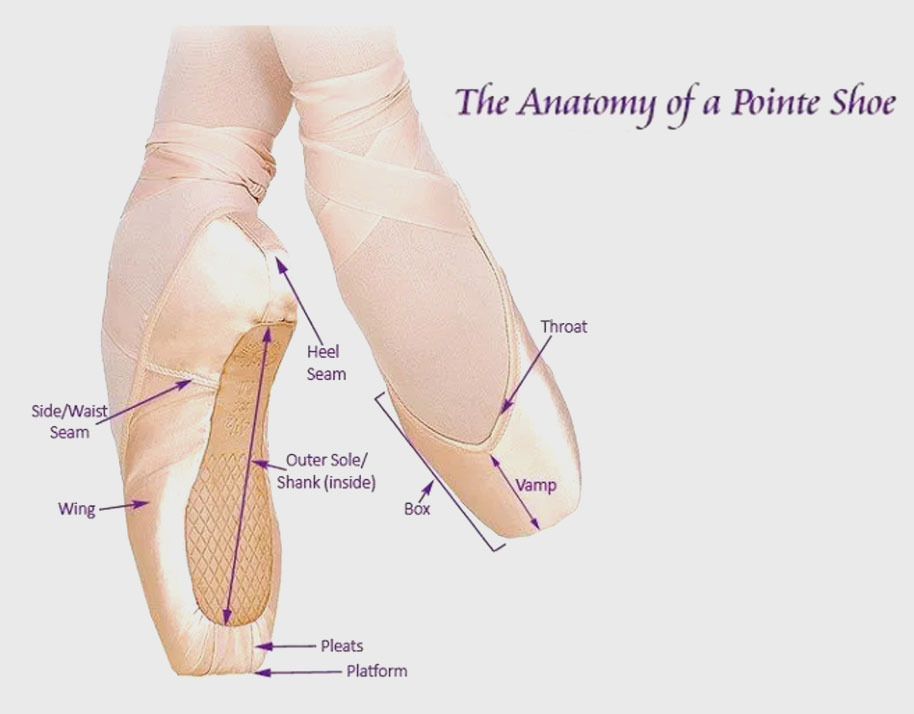
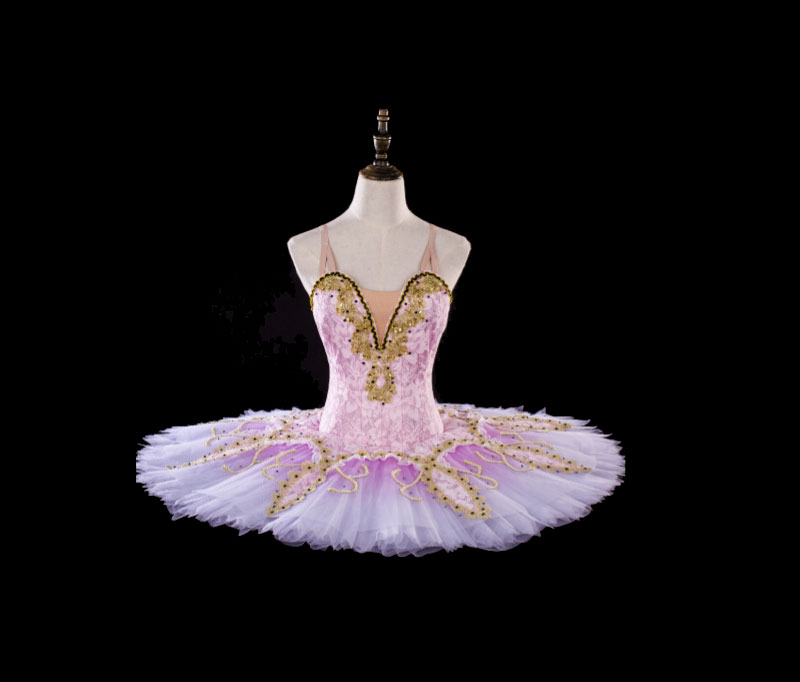
#5 Specialty of the ballet costume
Ballet costumes are a crucial element, not just for the dancers, but for the overall look of the performance as well as creating a strong connection to the storyline of the show. All the way from the 17th Century to 18th Century, the ballet costumes underwent sweeping changes, from the look and feel of the costumes to the way they moved on the dancer. By the middle of the 20th Century, the tutu is often replaced, especially in the modern ballets where more streamlined costumes are used to silhouette the dancer’s body. The current modern-day ballet costumes allow the dancers to freely move, whilst at the same time enhance the visual effect of the dance movement, for instance, the ballerina’s tutu, a multilayered skirt creates an impression of lightness and flight.
We hope you enjoyed these Ballet facts! Click here to learn about the 5 basic ballet moves for beginners.


